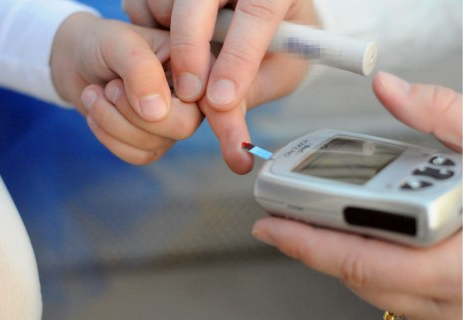Being diabetic and suffering from coeliac disease will inevitably take its toll on the body and mind. Understanding the symptoms of both and how to simultaneously control them, takes careful and planned consideration. What to eat and when needs to become a whole new ball game. So what do you need to look out for? Here are a few key areas that surround this health issue.
- Coeliac disease is more common in those of us who have Type 1 diabetes. This is because they are both autoimmune diseases. According to Coeliac UK between 2 and 10% of coeliacs also have Type 1 diabetes however the risk of becoming a coeliac does not increase if you are a Type 2 diabetic.
- When our health is affected by diabetes it can be normal to miss the symptoms of being a coeliac as any illness is often attributed to being a diabetic. Hypoglycaemia can be a persistent sign of coeliac disease in Type 1 diabetes.
- It is recommended that anyone who has been diagnosed with Type 1 diabetes should be tested for coeliac disease every 3 years.
- Following a gluten free diet will help reduce any recurring symptoms. Getting advice from a dietician on how to manage your health and wellbeing is essential when both Type 1 diabetes and coeliac disease co-exist. This is because when you begin to follow a strict gluten free diet as a coeliac, your blood glucose levels will probably alter thus having an effect on your insulin levels.

Some top tips to follow on managing your meals.
- Eat breakfast, lunch and dinner, consuming three meals a day will help to control glucose levels as well as appetite.
- Include carbohydrates in every meal such as gluten free breads, rice noodles, buckwheat, quinoa, potatoes and tapiocas. These will all help to control blood glucose levels in the body. How much of these food types you eat will also depend on your age, weight and the frequency of exercise that you partake in.
- Cut out as much saturated fat as possible and grill, steam or bake foods instead of frying in large amounts of butter and oil.
- Fish is a perfect nutritional source, for everyone, whether you have coeliac disease or not, oily fish in particular is high in Omega 3 fats which reduce the risk of heart disease and plain fish is naturally gluten free.
- Make sure that sugary foods and drinks are limited, these will send your blood sugar on an internal rollercoaster and although sugar is not strictly off the shopping list for a diabetic it has its health risks attached.
- Flavour foods with herbs and spices rather than salt.
- Eat as much fruits and veg as possible as this is all gluten free.
- Cut down on alcohol. By reducing your alcohol intake, you also reduce your calories intake. It is, after all empty calories. If you do drink, make sure you have eaten, as for a diabetic, drinking on an empty stomach can increase the chances of low blood glucose levels known as hypoglycaemia.
Harry Price is a writer from the south coast. He has many hobbies, including painting. He’s developed his talent and paints lanscape pictures, inspiration by his coastal surroundings.










Comments are closed.